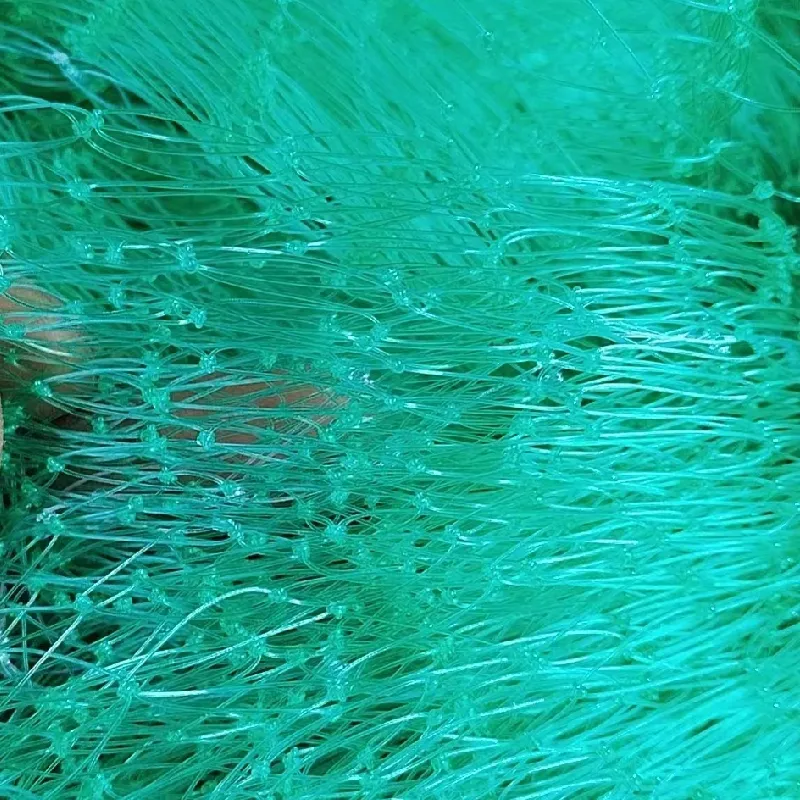-
 Afrikaans
Afrikaans -
 Albanian
Albanian -
 Amharic
Amharic -
 Arabic
Arabic -
 Armenian
Armenian -
 Azerbaijani
Azerbaijani -
 Basque
Basque -
 Belarusian
Belarusian -
 Bengali
Bengali -
 Bosnian
Bosnian -
 Bulgarian
Bulgarian -
 Catalan
Catalan -
 Cebuano
Cebuano -
 China
China -
 Corsican
Corsican -
 Croatian
Croatian -
 Czech
Czech -
 Danish
Danish -
 Dutch
Dutch -
 English
English -
 Esperanto
Esperanto -
 Estonian
Estonian -
 Finnish
Finnish -
 French
French -
 Frisian
Frisian -
 Galician
Galician -
 Georgian
Georgian -
 German
German -
 Greek
Greek -
 Gujarati
Gujarati -
 Haitian Creole
Haitian Creole -
 hausa
hausa -
 hawaiian
hawaiian -
 Hebrew
Hebrew -
 Hindi
Hindi -
 Miao
Miao -
 Hungarian
Hungarian -
 Icelandic
Icelandic -
 igbo
igbo -
 Indonesian
Indonesian -
 irish
irish -
 Italian
Italian -
 Japanese
Japanese -
 Javanese
Javanese -
 Kannada
Kannada -
 kazakh
kazakh -
 Khmer
Khmer -
 Rwandese
Rwandese -
 Korean
Korean -
 Kurdish
Kurdish -
 Kyrgyz
Kyrgyz -
 Lao
Lao -
 Latin
Latin -
 Latvian
Latvian -
 Lithuanian
Lithuanian -
 Luxembourgish
Luxembourgish -
 Macedonian
Macedonian -
 Malgashi
Malgashi -
 Malay
Malay -
 Malayalam
Malayalam -
 Maltese
Maltese -
 Maori
Maori -
 Marathi
Marathi -
 Mongolian
Mongolian -
 Myanmar
Myanmar -
 Nepali
Nepali -
 Norwegian
Norwegian -
 Norwegian
Norwegian -
 Occitan
Occitan -
 Pashto
Pashto -
 Persian
Persian -
 Polish
Polish -
 Portuguese
Portuguese -
 Punjabi
Punjabi -
 Romanian
Romanian -
 Russian
Russian -
 Samoan
Samoan -
 Scottish Gaelic
Scottish Gaelic -
 Serbian
Serbian -
 Sesotho
Sesotho -
 Shona
Shona -
 Sindhi
Sindhi -
 Sinhala
Sinhala -
 Slovak
Slovak -
 Slovenian
Slovenian -
 Somali
Somali -
 Spanish
Spanish -
 Sundanese
Sundanese -
 Swahili
Swahili -
 Swedish
Swedish -
 Tagalog
Tagalog -
 Tajik
Tajik -
 Tamil
Tamil -
 Tatar
Tatar -
 Telugu
Telugu -
 Thai
Thai -
 Turkish
Turkish -
 Turkmen
Turkmen -
 Ukrainian
Ukrainian -
 Urdu
Urdu -
 Uighur
Uighur -
 Uzbek
Uzbek -
 Vietnamese
Vietnamese -
 Welsh
Welsh -
 Bantu
Bantu -
 Yiddish
Yiddish -
 Yoruba
Yoruba -
 Zulu
Zulu
insect cage mesh
The Importance of Insect Cage Mesh in Entomology
In the field of entomology, understanding the behavior, physiology, and ecology of insects is vital for various applications, from pest management to ecological research. A crucial tool in this endeavor is the insect cage mesh, which serves as a versatile and effective barrier that facilitates the observation, rearing, and study of insect species in controlled environments. This article explores the significance of insect cage mesh, its characteristics, and its applications within entomological research.
What is Insect Cage Mesh?
Insect cage mesh is a specialized type of mesh material designed to contain and protect insects while allowing for adequate ventilation and light penetration. Typically made from materials such as nylon or polyester, this mesh can be crafted into various forms, including nets, enclosures, or even specialized containers. The fine openings in the mesh prevent the escape of small insects while still permitting air circulation, which is essential for the health and well-being of the specimens inside.
Characteristics of Effective Insect Cage Mesh
When selecting insect cage mesh, researchers consider several characteristics to ensure it meets their specific requirements
1. Mesh Size The mesh size is critical as it must be small enough to prevent escape of the intended insect species while still allowing smaller insects, such as fruit flies, to pass through. Typically, the mesh openings range from 0.5 mm to 2 mm.
2. Material Durability Insects can be delicate, but their cages must withstand the rigors of handling and environmental conditions. Durable materials that resist tearing, UV degradation, and moisture are preferred to ensure long-term use.
3. Weight and Portability Lightweight mesh is advantageous for field studies, as researchers often need to transport cages over long distances. Portability ensures that setups can be moved quickly without compromising the integrity of the investigation.
4. Ease of Cleaning Given that insects can produce waste and debris, the chosen mesh should be easily cleanable to maintain hygiene and prevent contamination among different specimens.
insect cage mesh

5. Transparency A clear mesh allows researchers to observe the insects' behavior without the need to open the cage frequently, which can be stressful for the animals and potentially lead to escapes.
Applications of Insect Cage Mesh
Insect cage mesh has numerous applications in entomological research
1. Behavioral Studies Researchers can use mesh cages to observe feeding, mating, and social behaviors in a controlled setting. This can be beneficial for studying species interactions and preferences.
2. Rearing and Breeding Programs Insect cage mesh enables the rearing of insect populations for research or commercial purposes. By creating controlled environments, scientists can observe developmental stages and facilitate breeding trials.
3. Pest Management Research For agricultural entomologists, mesh cages are instrumental in conducting experiments to study pest behavior and the efficacy of biological control agents, such as parasitoids. This helps in developing sustainable pest management strategies.
4. Ecological Studies Insect cages can be used in field studies to trap and study natural populations in their habitats, revealing insights into ecosystem dynamics, species diversity, and the impacts of environmental changes.
5. Educational Purposes In educational settings, insect cage mesh can be employed to teach students about insect biology, ecology, and conservation. Students can observe live specimens and engage in hands-on learning experiences.
Conclusion
Insect cage mesh is an invaluable resource in the field of entomology. Its ability to provide a controlled environment for studying insects opens new avenues for research, education, and pest management. Understanding the fundamental characteristics and applications of insect cage mesh allows researchers and educators to maximize their effectiveness in insect studies and contribute to our broader knowledge of these diverse and crucial organisms. Whether in a laboratory, greenhouse, or field, the insect cage mesh plays an essential role in unraveling the complexities of insect life.
-
Shipping Plastic Bags for Every NeedNewsJul.24,2025
-
Safety Netting: Your Shield in ConstructionNewsJul.24,2025
-
Plastic Mesh Netting for Everyday UseNewsJul.24,2025
-
Nylon Netting for Every UseNewsJul.24,2025
-
Mesh Breeder Box for Fish TanksNewsJul.24,2025
-
Expanded Steel Mesh Offers Durable VersatilityNewsJul.24,2025











